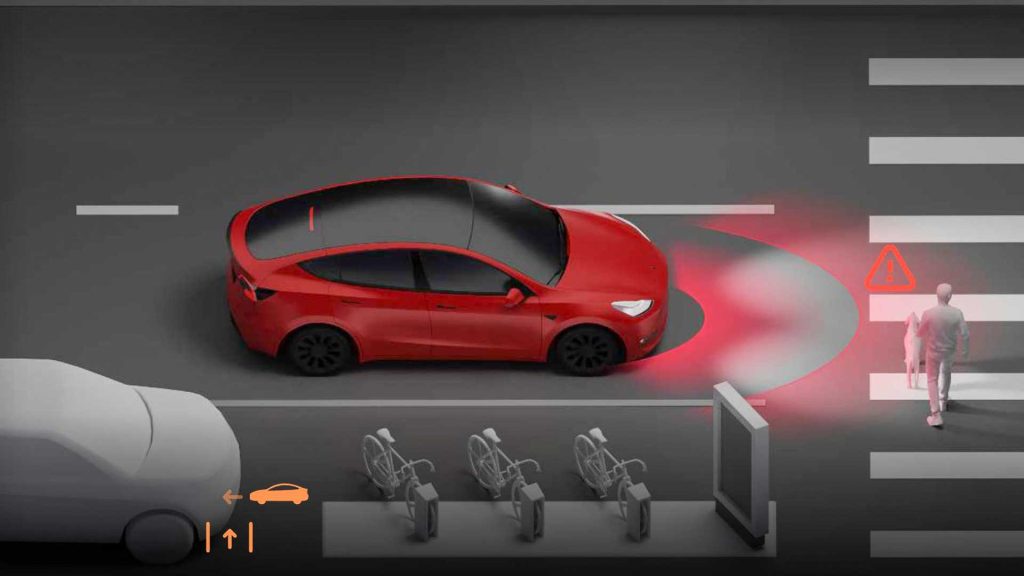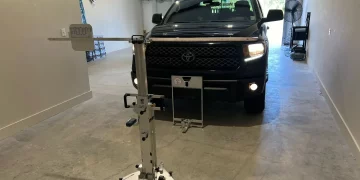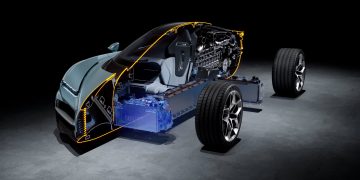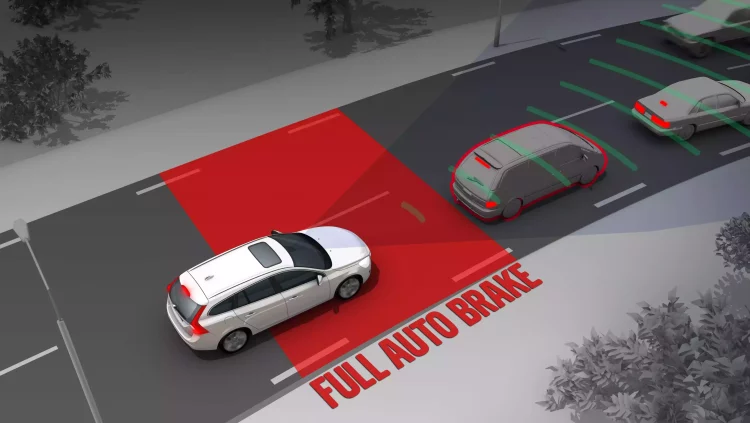Introduction: A Crucial Development in Road Safety
The evolution of Automatic Emergency Braking (AEB) represents a pivotal advancement in automotive safety. As vehicle technology progresses, so do the expectations for these systems to enhance public safety. Regulators are now pressing for AEB to function effectively at higher speeds, which could prevent thousands of accidents and save numerous lives annually. This urgency reflects broader concerns in the transportation sector regarding collision prevention and the harmonious interaction of advanced safety technologies with human drivers.
The Journey of AEB Implementation
Pioneering Safety Voluntarily
The adoption of AEB has largely been a voluntary endeavor by automakers, driven by collaborative efforts between industry leaders and regulatory bodies. In 2016, the Insurance Institute for Highway Safety (IIHS) and the National Highway Traffic Safety Administration (NHTSA) facilitated an agreement in which 20 car manufacturers pledged to integrate AEB into nearly all their vehicles by August 2024. This initiative not only symbolizes a proactive approach to safety but also showcases the potential of cooperative strategies in enhancing vehicle technology.
David Harkey, the president of IIHS, stated the significance of this cooperation: “Thanks to this cooperation, automakers made this safety feature standard equipment years before there was a legal mandate requiring them to do so.” Such foresight demonstrates the commitment of the automotive industry to prioritize safety without waiting for regulatory compulsion.
Anticipated Benefits of Higher-Speed AEB
Transforming Statistical Projections into Reality
According to estimates from the IIHS, AEB is projected to mitigate around 42,000 accidents and avert approximately 20,000 injuries by 2025. As regulators advocate for expanded capabilities, the potential benefits multiply dramatically. Research indicates that enhancing AEB systems to function effectively at higher speeds could save an additional 360 lives and prevent about 24,000 injuries each year. This outcome underscores the transformative power of improving technology in reducing road fatalities and injuries.

The Push for Advanced Technological Features
Raising the Bar for AEB Systems
Current regulations are shifting toward higher expectations, with the NHTSA recently mandating that all new vehicles must feature an AEB capable of preventing collisions at speeds reaching up to 62 MPH. Moreover, advancements in AEB technology will necessitate the ability to recognize pedestrians both day and night. Such features are essential for mitigating risks in urban environments where pedestrian activity is prevalent.
However, the challenge does not end with the recognition of pedestrians. The NHTSA is also aiming for AEB systems that can automatically apply brakes at speeds of up to 90 MPH in the presence of another vehicle and at 45 MPH when detecting pedestrians. While these enhancements are crucial, they present significant technological and financial hurdles. John Bozzella, the president and CEO of the Alliance for Automotive Innovation, expressed skepticism, stating, “That’s practically impossible with available technology.”
Cost Considerations and Industry Response
Balancing Safety and Economics
While the government estimates the addition of advanced AEB technology to cost an additional $350 per vehicle, industry advocates caution that the actual expense could soar to around $4,200. This disparity highlights the tension between regulatory ambitions and market realities, raising questions about the willingness of manufacturers to comply with stringent safety mandates.
The automotive industry’s response to these challenges will prove critical in determining the future landscape of vehicle safety. Achieving the targeted advancements in AEB technology not only requires innovation but also significant investment in research and development. The path to a safer driving environment hinges on the collaboration of automakers, regulatory bodies, and consumers.
Conclusion: The Road Ahead
A Collective Responsibility for Safety
As the 2029 deadline for implementing higher-speed AEB approaches, the urgency to refine these systems intensifies. The importance of robust safety systems that can effectively prevent accidents cannot be overstated. Although success in this endeavor requires overcoming technological limitations and financial constraints, the potential impact on public safety is immense.
We all share the responsibility of fostering advancements that can lead to safer roads. While the future of AEB technology remains uncertain, the collective hope is that the automotive industry rises to the challenge, creating vehicles that not only protect their occupants but also enhance public welfare as a whole.


































Discussion about this post